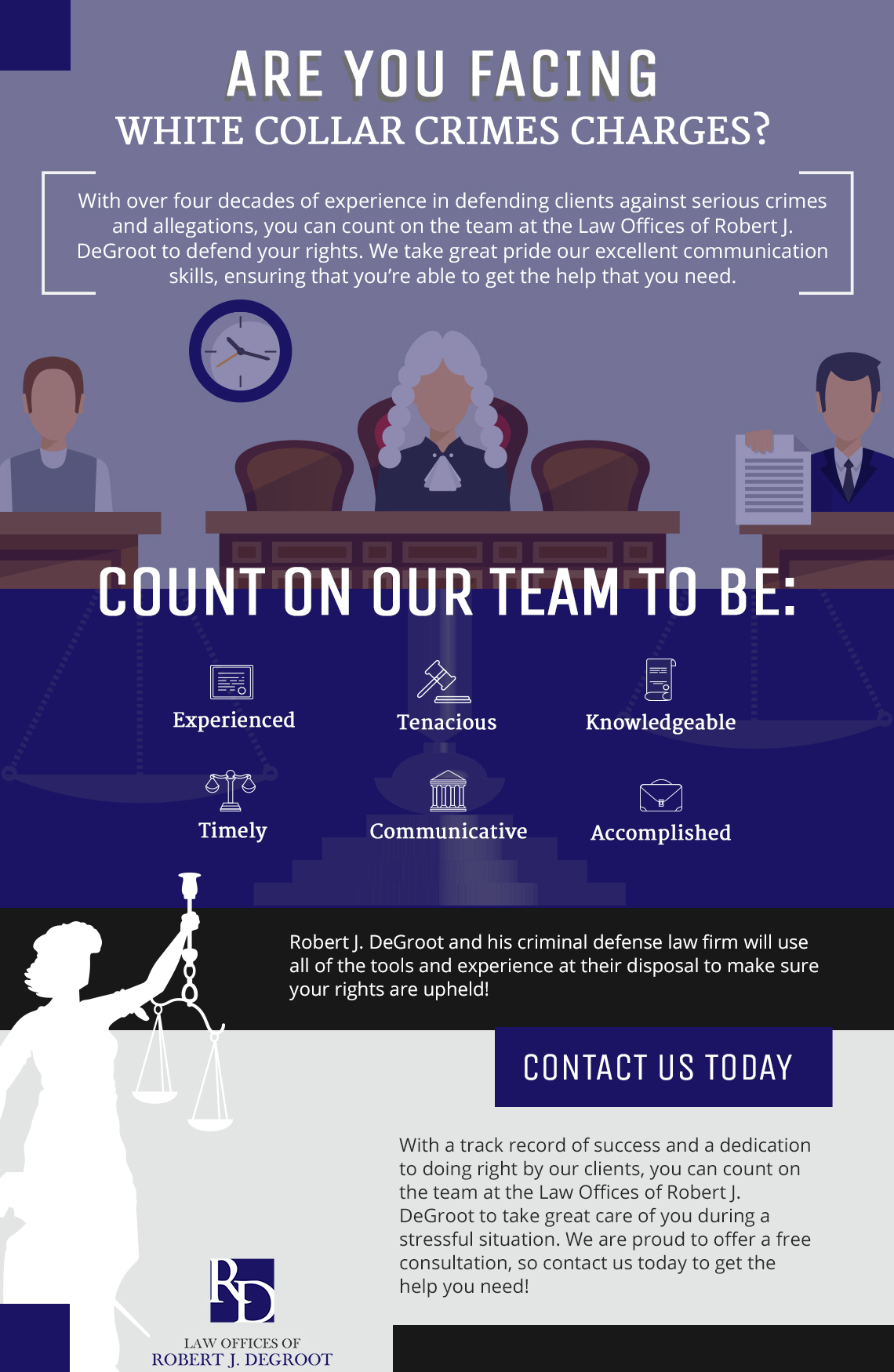An Introduction Of The Criminal Test Process: A Detailed Step-By-Step Guide
An Introduction Of The Criminal Test Process: A Detailed Step-By-Step Guide
Blog Article
Published By-Winters Mohamed
When you step into a criminal trial, you could be stunned by the organized procedure that unfolds. All of it starts with court option, where possible jurors are looked at for prejudices through a technique called "voir dire." After that, both sides offer their opening statements, setting the stage for the proof and testimonies to comply with. You'll see exactly how the prosecution and defense construct their situations, yet what occurs next can considerably affect the result. Comprehending these stages can expose the intricacies of justice, however there's more to discover concerning the critical moments that comply with.
Court Choice Process
When it involves the jury option procedure, you're diving into a vital phase of a criminal test. This procedure, commonly called "voir dire," entails doubting possible jurors to guarantee they're honest and capable of providing a fair judgment.
You'll see both the prosecution and defense attorneys taking part proactively, each aiming to pick jurors that align with their instance's narrative.
Throughout voir dire, you'll observe that lawyers ask concerns regarding jurors' backgrounds, ideas, and experiences. Their objective is to determine any pre-existing prejudices that might affect a juror's decision. As a juror, you might feel a mix of uneasiness and curiosity, but your sincerity is crucial.
After questioning, attorneys can challenge particular jurors for reason if they think a juror can't continue to be objective. They can additionally utilize a limited variety of peremptory obstacles to reject jurors without stating a reason.
Test Phases Explained
The phases of a criminal test play an important duty in ensuring a fair and organized process.
You'll first come across the opening declarations, where both the prosecution and defense detail their cases. This sets the stage of what's ahead.
Next off, the prosecution provides its evidence and witnesses, aiming to show the offender's shame beyond a sensible uncertainty. You'll see straight examination adhered to by cross-examination, allowing both sides to challenge today details.
After the prosecution rests its case, it's the protection's turn. They'll provide their evidence and witnesses, commonly focusing on producing sensible doubt. You'll see that the defense doesn't have to prove innocence; they just require to test the prosecution's situation.
Once both sides have actually presented their debates, you'll hear closing statements, where each event summarizes their instance. This is vital as it enhances their settings prior to the jury mulls over.
Throughout these stages, the judge ensures that the trial adheres to lawful standards and that the rights of both parties are secured.
Comprehending these phases will certainly help you appreciate the intricacies involved in a criminal trial and the value of each action in the quest of justice.
Judgment and Punishing
Nevertheless evidence has actually existed and arguments made, the jury or court supplies a verdict, figuring out the defendant's guilt or virtue. If you belong to the court, you'll mull over with your fellow jurors, talking about the evidence and your impacts. This procedure can take some time, as you'll wish to make certain everybody settles on the decision based on the facts.
Once a decision is gotten to, it's revealed in court. If the defendant is condemned, the following stage is punishing. This is when the judge makes a decision the appropriate punishment. You might discover that different variables influence the sentence, such as the severity of the crime, the offender's previous document, and any type of mitigating scenarios.
The judge might impose a series of sentences, from penalties and community service to imprisonment. Sometimes, the defense or prosecution can present disagreements regarding sentencing, trying to persuade the judge's decision.
If the offender is found not guilty, they're acquitted, and no punishment follows. Keep in mind that a guilty verdict can usually result in allures, where the defendant may challenge the decision or the sentence enforced.
Conclusion
In a criminal trial, you have actually seen how important each action is, from jury choice to the final judgment. You have actually followed the prosecution and protection as they build their instances, intending to convince the court. When deliberation completes, the verdict figures out the outcome, and if the accused is condemned, the sentencing stage begins. Recognizing these processes aids you appreciate the intricacies of the justice system and the importance of each function in guaranteeing a fair trial.
